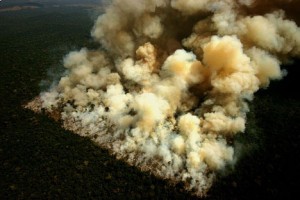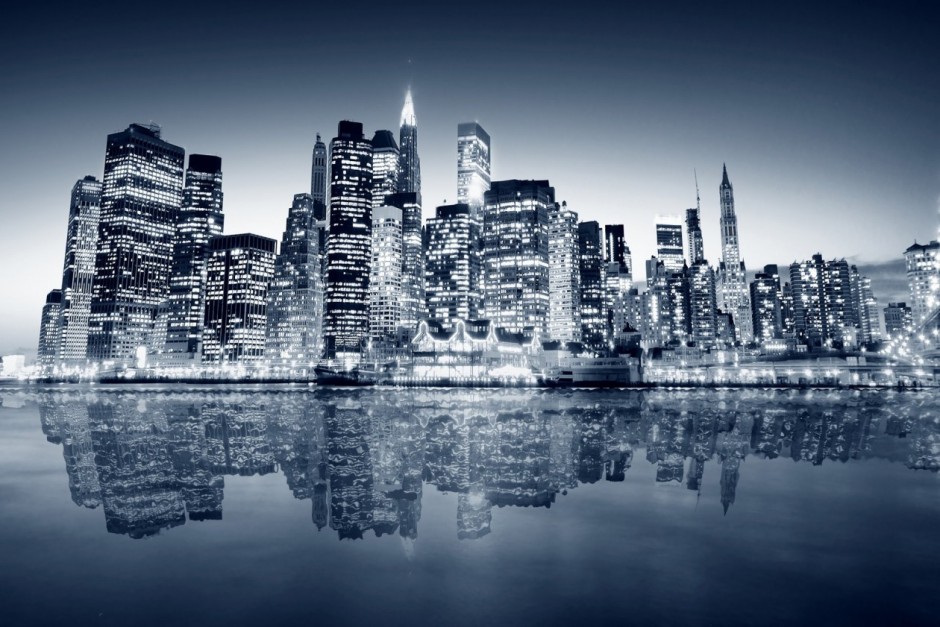Global Warming | Climate Change | Haze
Deforestation accounts for about 10% of the world’s heat-trapping emissions.
![]()
Deforestation is one of the main contributors towards Global Warming
Trees play a critical role in absorbing the greenhouse gases such as sulphur dioxide and carbon monoxide that fuel global warming. Trees also benefit us by helping to release oxygen into the atmosphere. One large tree can supply a day’s supply of oxygen for four people! Fewer forests mean larger amounts of greenhouse gases entering the atmosphere and an increase speed in global warming. Forests play a huge role in the carbon cycle on our planet. When forests are cut down, not only does carbon absorption cease, but also the carbon stored in the trees is released into the atmosphere as CO2. Smaller crops e.g. plants and agricultural crops also draw in carbon dioxide and release oxygen; however forests store up to 100 times more carbon than agricultural fields of the same area.
How much global warming pollution comes from Deforestation?
 The most recent analysis to date stated that deforestation contributed to 3 billion tons of carbon dioxide per year (based on sophisticated use of satellite imagery, ground-based inventories, mathematical models, and other information). Just to give you a good idea of the severity, 3 billion is equal to 600 million cars! Which is twice the amount of cars in the United States!
The most recent analysis to date stated that deforestation contributed to 3 billion tons of carbon dioxide per year (based on sophisticated use of satellite imagery, ground-based inventories, mathematical models, and other information). Just to give you a good idea of the severity, 3 billion is equal to 600 million cars! Which is twice the amount of cars in the United States!
Climate Change
Deforestation also drives climate change. Forest soils are moist, but without protection from tree-cover they quickly dry out. Trees also help perpetuate the water cycle by returning water vapour back into the atmosphere. Trees can also act as a natural air conditioner. The evaporation from a single tree can produce the cooling effect of 10 room size air conditioners operating 20 hours a day.
Without trees to fill these roles, many former forest lands can quickly become barren deserts. Removing trees deprives the forest of portions of its canopy, which blocks the sun’s rays during the day and holds in heat at night. This disruption leads to more extreme temperatures swings that can be harmful to everybody.
Singapore’s Atmosphere
A milestone for Singaporeans. This image was taken from a micro-satellite which was developed by NTU and DSO. It’s mission is for environmental monitoring in Singapore and neighboring regions. This is a typical photograph taken of Singapore’s atmospheric conditions.
This was a more recent satellite image taken of the haze conditions.
Deforestation is the main contributor to haze pollution affecting Singapore. In recent years, this haze has crippled Singapore’s atmospheric conditions to the point of being hazardous to health. Trans-boundary smoke haze from land and forest fires during the dry seasons of June to
October has been a perennial problem, not only in Singapore, but also in the southern ASEAN region in the past decades. Sumatra and Kalimantan have been identified as major hot spots for ‘slash and burn’ agricultural practices that are considered illegal. These fires have been the main cause of fire that has resulted in this trans-boundary haze pollution in our atmosphere.

Singapore saw its worst haze episode in 2013 when the 24-hour Pollutant Standards Index (PSI) hit an unprecedented high of 246, which far exceeds past levels. Currently, haze levels have consistently been increasing. For more elaboration on the haze pollution: its causes and solutions. You can take a look at my page on The Haze under My Space to learn more
For more information on checking the current PSI Levels, please visit: http://weather.asiaone.com.sg/weather-air.php
Personally, I think this is an excellent tool that some of you might find useful on those hazy days.


